Are you ready for augmented reality on your windshield?
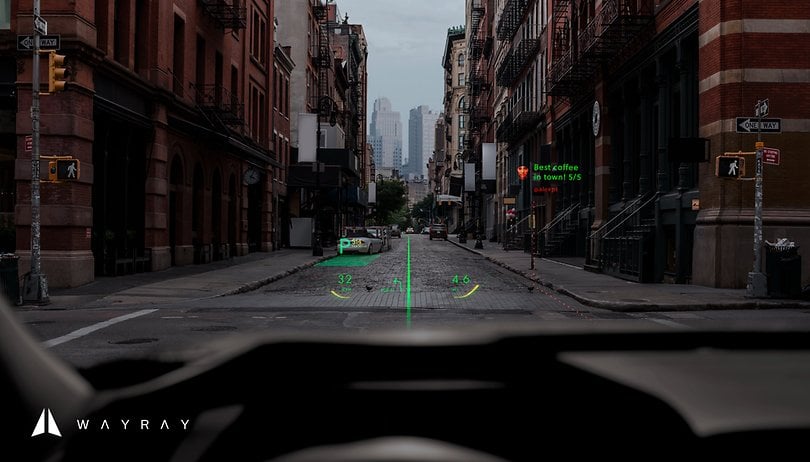

The two worlds of augmented reality and mobility tech are meeting on the road, with many exciting possibilities, if WayRay's presentation at CES 2019 is anything to go by. But doesn't stop at cars. In the near future, any glass panel could come to life.
Last September Swiss firm WayRay confirmed that it had landed tens of millions of dollars in investment from big name auto companies such as Porsche and Hyundai to fund the development of holographic windshield displays for cars. Now, at CES 2019 in Las Vegas, WayRay is ready to show off how it works in reality, showing off the Genesis G80 sedan (from a Hyundai sub-brand). In addition, the company is released its True AR SDK beta for free download from its website.

WayRay's augmented reality tech goes beyond previous HUDs on smart cars. In this case, the graphical info is not limited to a small part of the windshield, but instead it is possible to overlay images end to end across the whole panel. Yes, some experienced drivers may instinctively flinch at the very idea of having any virtual clutter in front of their eyes while driving, but if anything, the information displayed on AR windshield's aims only to make driving easier and safer.
The 3D animations overlaid onto the windscreen can be useful in teaching learners, helping drivers navigate unfamiliar territory or find the right roadstop or tourist attraction they are looking for, track speed and lap times for racers and more. But WayRay doesn't limit itself to cars. The company also intends to use this technology for air and water craft, as well as other large panels. Imagine, for example, using the glass wall of your office to make an AR presentation instead of resorting to a whiteboard, projector or monitor.
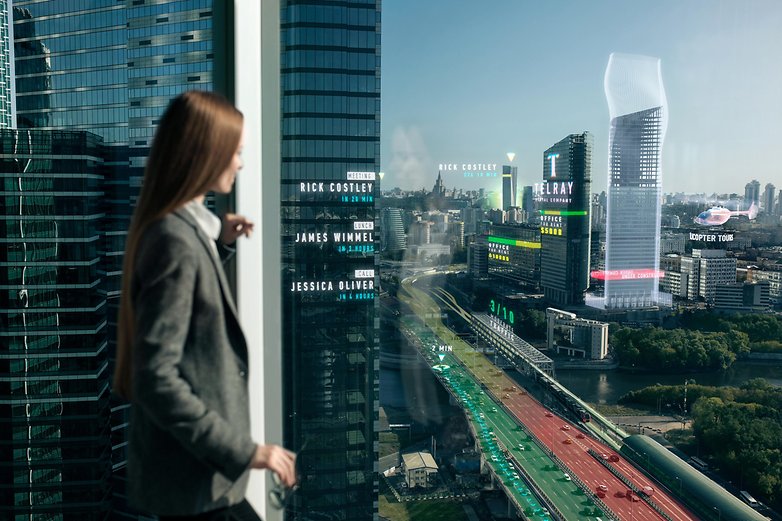
Apple CEO Tim Cook has gone on the record stating that it will soon be impossible to imagine everyday life without AR. But for that to happen, we'll need to see AR become a useful enhancement to the technology that we already find indispensable everyday. Mobility is certainly part of what makes the world go round, and if CES is anything to go by, the graphical augmentation of common-place items such as cars, windows, even ovens could be just around the corner. Come 2020, Cook may well be vindicated after all.
What do you think of the idea of the AR windshield? Has the age of AR arrived?
Source: WayRay






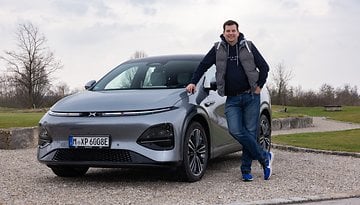
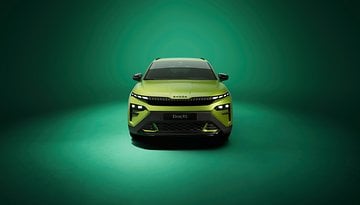

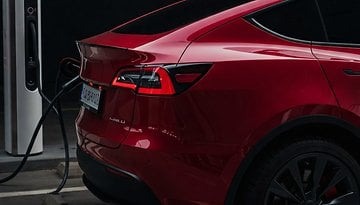










I'm interested in car tech, and hope the new ?PIT will keep covering it. Not sure how readable this windshield system could be in heavy night traffic with tail lights and/or urban streetscape lighting. Same for driving into bright sunrise / sunset. Might be better on a dash screen.